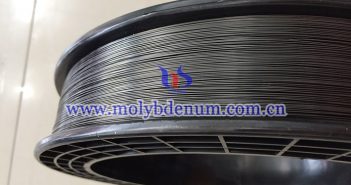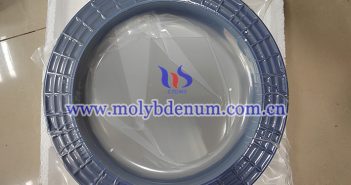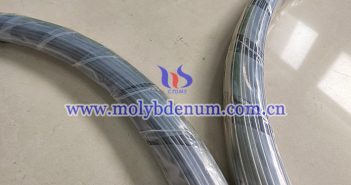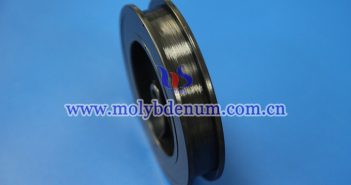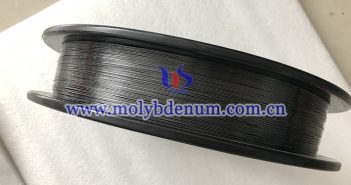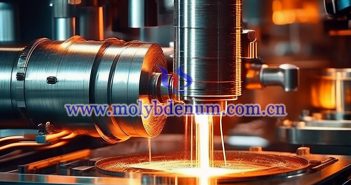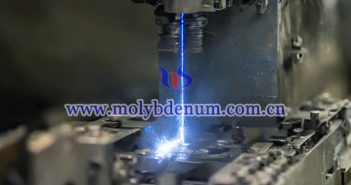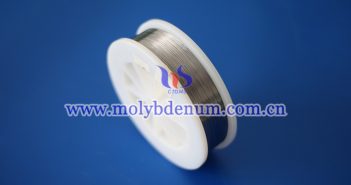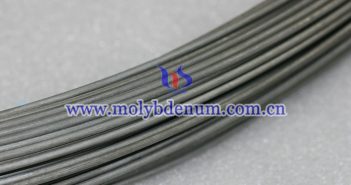
The purity of molybdenum wire plays a crucial role in determining its performance and suitability for various applications. Moly wire is renowned for its exceptional mechanical strength, high melting point, and resistance to corrosion and wear. However, the purity of the molybdenum used in its production significantly influences its properties and performance. High-purity moly wire, typically defined as having a purity of 99.95% or higher, exhibits superior mechanical and thermal properties compared to lower purity grades. The presence of impurities,…

